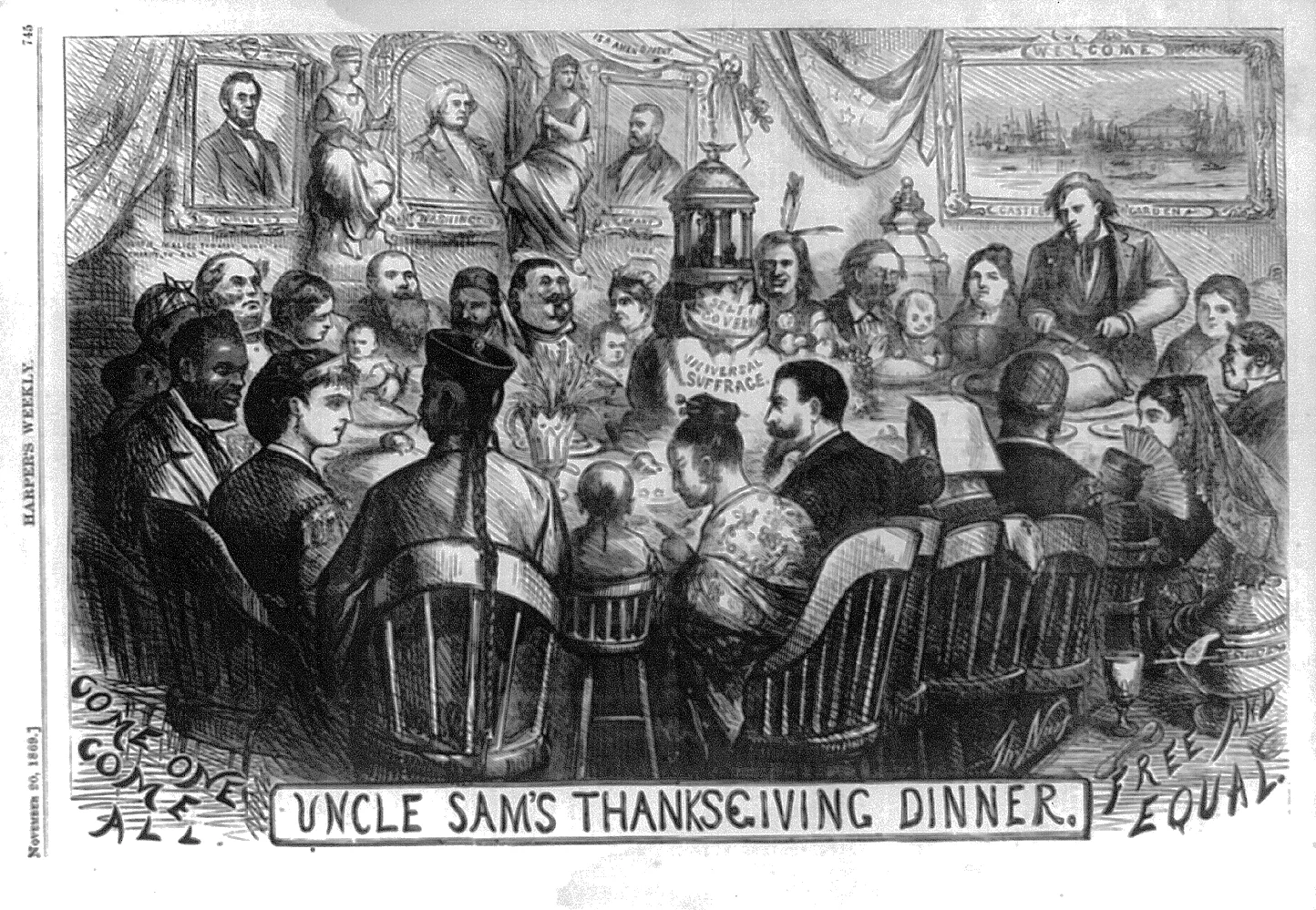
Open the Budget Scoring Black Box
If the CBO and JCT numbers are to guide trillion-dollar decisions, the public deserves to know how they were produced.
There is no defensible reason why the Joint Committee on Taxation (JCT) and the Congressional Budget Office (CBO), the two institutions that effectively referee Washington’s budget debates, keep their economic models under lock and key. The estimates of these agencies shape legislation that governs our lives, yet the underlying assumptions remain secret. The House Ways and Means and Senate Finance committees are in a unique position where they can force the JCT and CBO to transparently make their models public unilaterally through a rules reform.
At a time when trust in institutions is fragile, this opacity of the JCT and CBO is untenable. As of now, the public has very limited information on the extent of the response of taxable income to higher tax rates built into their models. Whether it be due to working less, better accountants, or changing location, these Elasticities of Taxable Income (ETIs) have a major impact on the scores that JCT and CBO release.
Models that drive trillion-dollar decisions should not be treated like state secrets. If the CBO and JCT want to be taken seriously as nonpartisan arbiters of fiscal policy, they should open the black box.
To be clear, CBO is slightly better than JCT when it comes to transparency; they publish some of their models, but they still publish very few of them (only six among countless more models), with essentially no guidance about how to use them to actually produce baselines or cost scores.
Every major piece of legislation lives or dies on such scores. When Congress debated the Affordable Care Act, CBO’s estimate that it would reduce the deficit helped secure passage. During the Trump years, CBO and JCT numbers on the Tax Cuts and Jobs Act framed the entire debate over whether the law would “pay for itself.” Today, as Congress again weighs extending those cuts, the scoring process is just as consequential.
These scores are not just guesses scribbled on the back of an envelope. They are the product of complex models that incorporate behavioral assumptions, economic forecasts, and data inputs. Change the assumptions, and the results can look very different. Yet the public does not get to see how the sausage is made.
What the public does get to see is errors some budget scores produced, as the actual realized data trickles in over time. Understanding how such models went wrong would be a significant improvement in the public’s understanding.
When the models stay hidden, two problems emerge. First, no one outside the agencies can assess whether the numbers are reliable. Without transparency, we simply don’t know how the agencies assumed that taxpayers responded to incentives.
Among the publicly available CBO models, such as “CapTax”, some parameters used for scoring are outdated. For instance, the model uses a capital expenditure (investment) rate elasticity to the user cost of capital of 0.7, which should be higher given the new literature comprising several recent studies, including one by ourselves with co-author Kevin Hassett.
Second, secrecy invites political gamesmanship. Critics attack CBO when its scores are inconvenient, while supporters cherry-pick the numbers that help their case. Both sides accuse the referees of bias. That cycle of attack and counterattack only deepens public distrust. Transparency would short-circuit these battles. If the models were public, partisans couldn’t credibly claim manipulation without showing exactly where the errors lie.
Take dynamic scoring—the practice of incorporating macroeconomic feedback into budget estimates. In theory, it makes sense: if a tax cut encourages more work and investment, which raises GDP, that should show up in the score. But how large are those effects?
If strong growth responses are modeled, a tax cut appears far less expensive than under static assumptions. If the responses are modest, the same cut looks far costlier. During past debates, Republicans leaned on dynamic scoring to argue that their tax cuts would partially pay for themselves, while Democrats dismissed it as wishful thinking. Without access to the underlying code and parameters, outsiders couldn’t tell who was closer to the truth.
Other areas of policy have embraced openness. Climate scientists publish their models. Epidemiologists make their pandemic forecasts public. Even election forecasters like FiveThirtyEight and The Economist allow readers to download code and replicate results. None of this has been easy. Transparency invites criticism. But in the long run, it builds credibility. Fiscal policy should be no different.
The basic architecture—the equations, assumptions, and parameter choices—can and should be made available. Start with clear documentation. Which elasticities of labor supply are used and over what brackets? How are business investment responses calibrated? What time horizon is assumed for macroeconomic effects? These details should be published alongside every score.
Second, release the code itself. Economists and data scientists across the country could then stress-test the models, replicate results, and suggest improvements. Far from undermining the CBO and JCT, outside scrutiny would make them stronger.
Third, host public workshops where staff guide lawmakers, academics, and journalists through the process of how the scores are produced. Such engagement would demystify the process and improve debate.
Imagine how different Washington’s budget fights would look if everyone could run the models themselves. Lawmakers proposing a new tax credit could plug it into the model and see how it scores under different assumptions. Journalists could explain to readers not just what the CBO said, but why. Economists could compare alternative approaches and highlight which results are robust and which hinge on shaky assumptions.
That kind of openness would elevate the conversation. Instead of debating whether the CBO is biased, we could have substantive discussions about the real trade-offs of policy choices.
Some might argue that if the models were public, lobbyists would be able to craft more effective legislation to exploit them. Critics might suggest that there would be heavy pushback on specific assumptions that increase the scored costs. The reality is that the system is already gamed in some places. For example, fiscal legislation is often manipulated so that some costs occur beyond the 10-year budget window (as was the case with the Affordable Care Act). Debate can also be positive to argue for why certain assumptions should hold, with the presentation of supporting evidence.
Budget scoring will never be perfect. Models are simplifications, not crystal balls. But perfection is not the goal. The goal is trust. If the numbers are to guide trillion-dollar decisions, the public deserves to know how they were produced.
The budget scoring process is one of the least transparent yet most consequential aspects of policy. It is past time to bring it into the open. The CBO and JCT should publish their models, document their assumptions, and invite scrutiny. Only then will their scores command the respect they deserve. The House Ways and Means and Senate Finance committees should require them to do so accordingly in a rules reform if they continue to be unwilling.
Jonathan Hartley is a research fellow at the Civitas Institute, a senior fellow at the Foundation for Research on Equal Opportunity, a senior fellow at the Macdonald-Laurier Institute, and podcast host of Capitalism and Freedom in the 21st Century at the Hoover Institution.
Joshua Rauh is the Ormond Family Professor of Finance at Stanford’s Graduate School of Business and a senior fellow at the Hoover Institution.
Economic Dynamism

Texas Stands on Commerce
Clear limits on shareholder resolutions have made Texas a model of business certainty — and business is flooding in.

America Needs Its Hidden Champions
From imaging systems to next-gen GPS, small and midsized manufacturers are quietly rebuilding America’s industrial and defense backbone.

The Truth about Chinese Manufacturing
China will remain a major player in global manufacturing, but size and strength are not synonymous.
Get the Civitas Outlook daily digest, plus new research and events.
Ideas for
Prosperity









